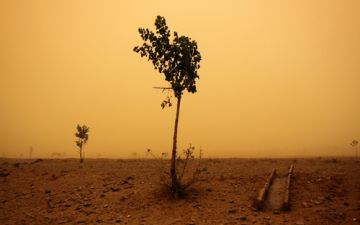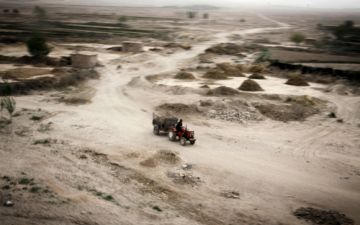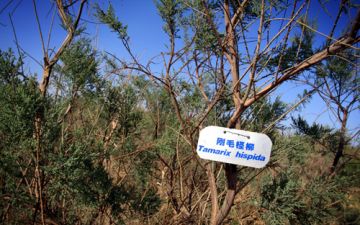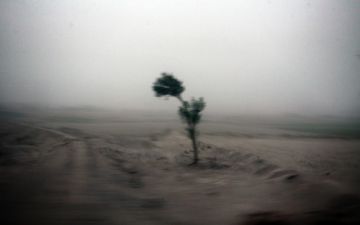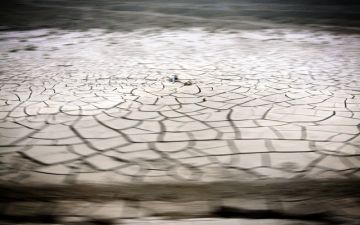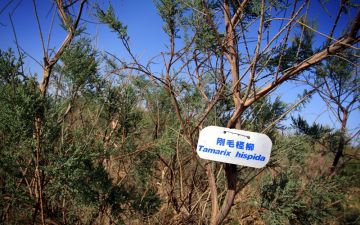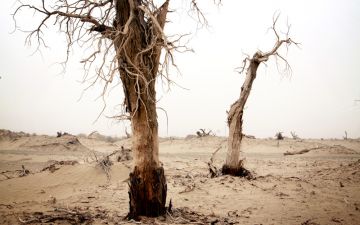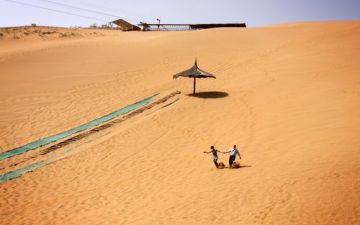Yellow Skies
Sandstorms are one of the most visually distinct phenomena associated with the problem of desertification. As the spring winds blow, dry and degraded topsoil is picked up and thrown into the air to be carried in immense clouds of sand and dust. They originate in the northern-central and western desert regions of the country. Moving east, the sandstorms regularly descend upon China's capital Beijing.
